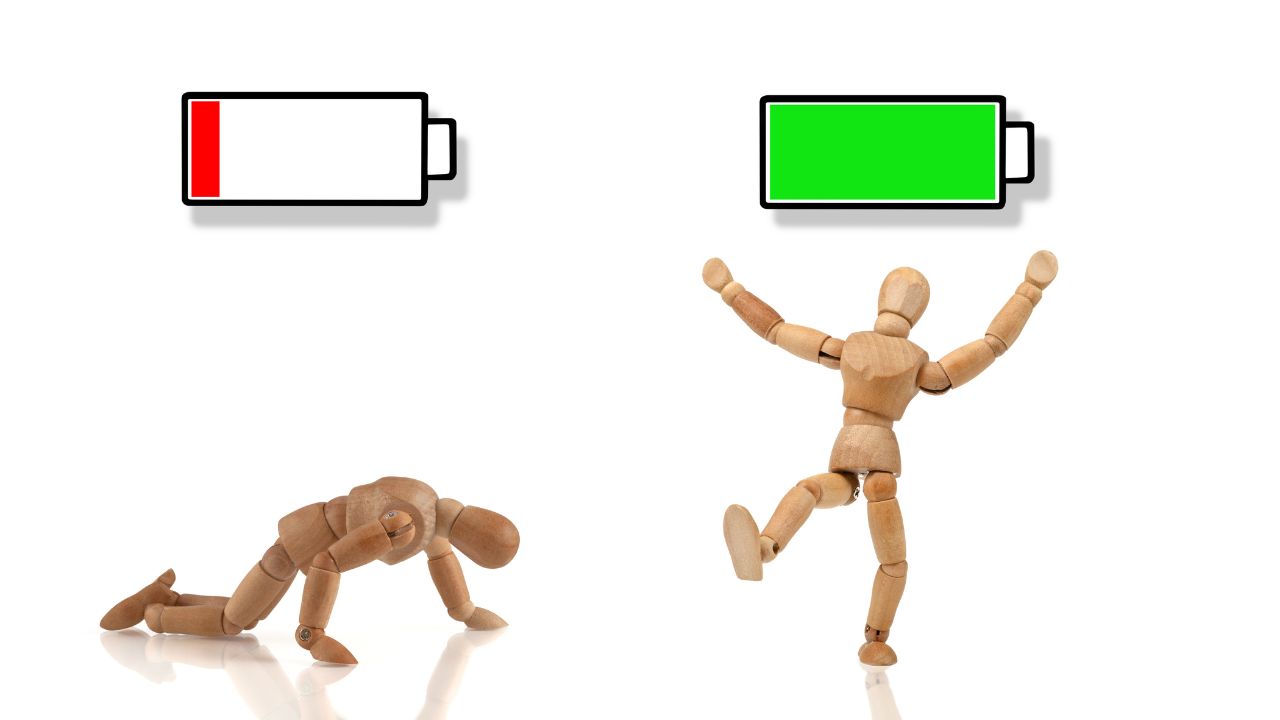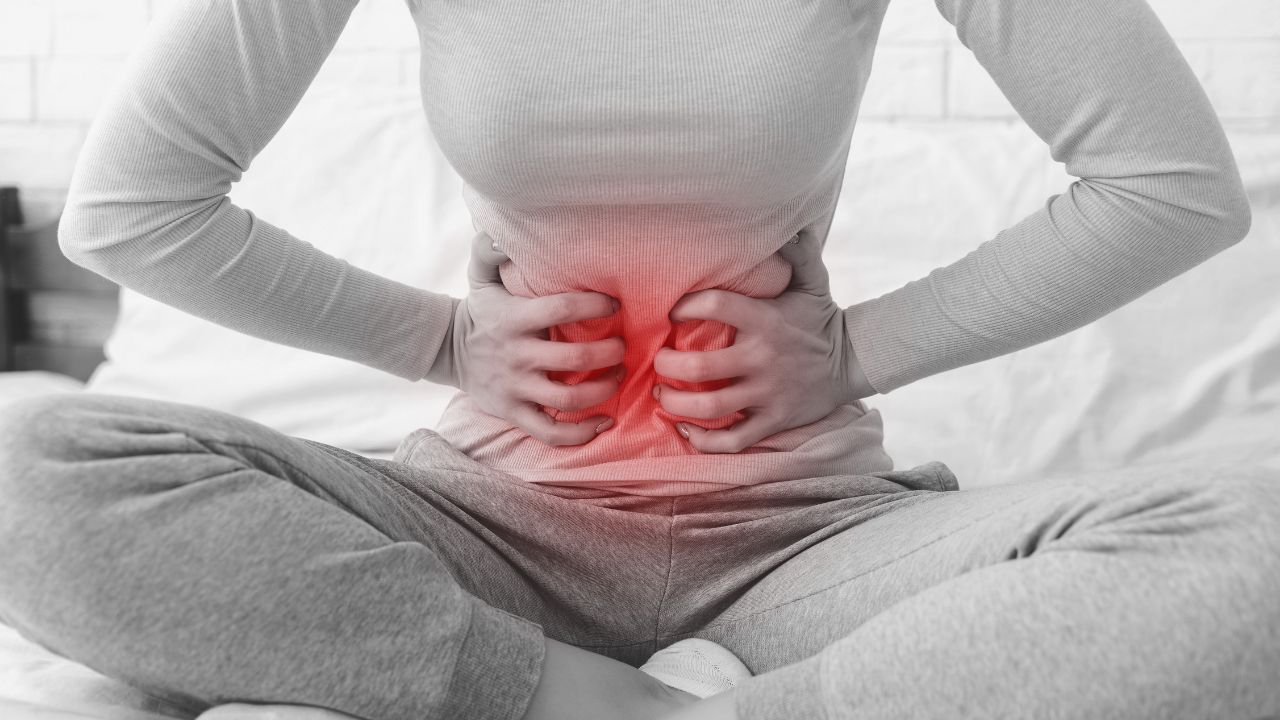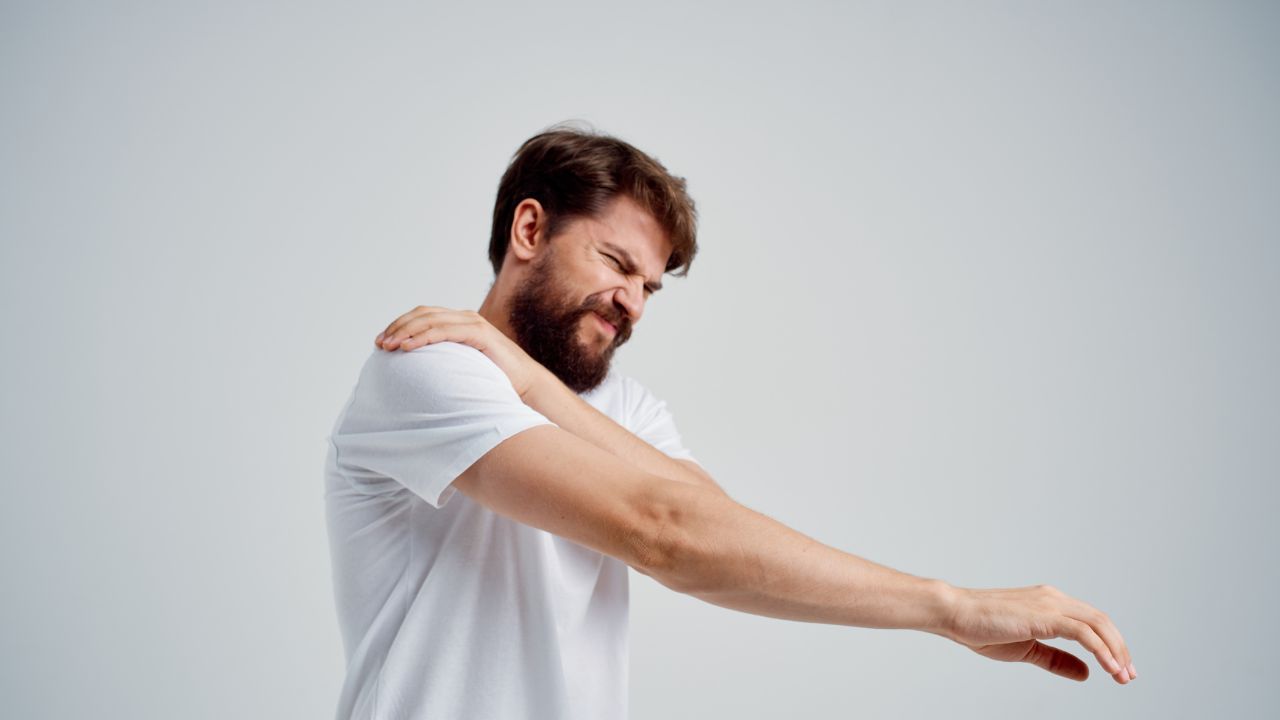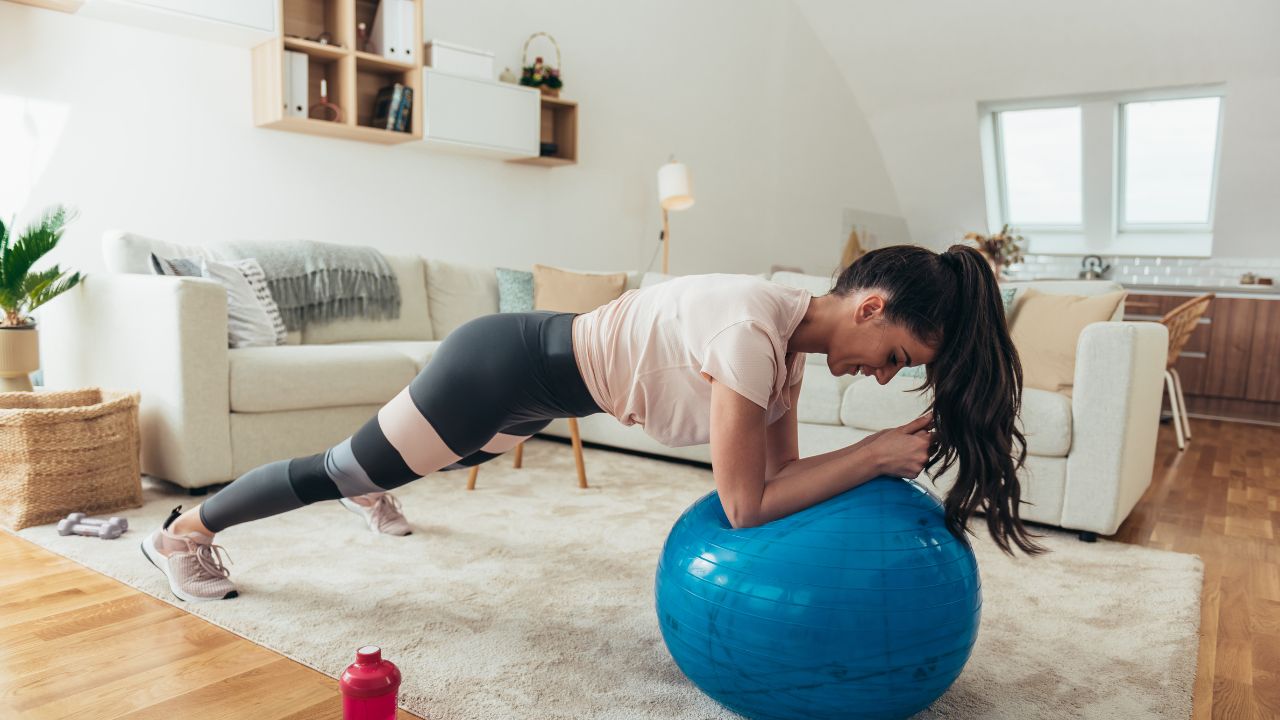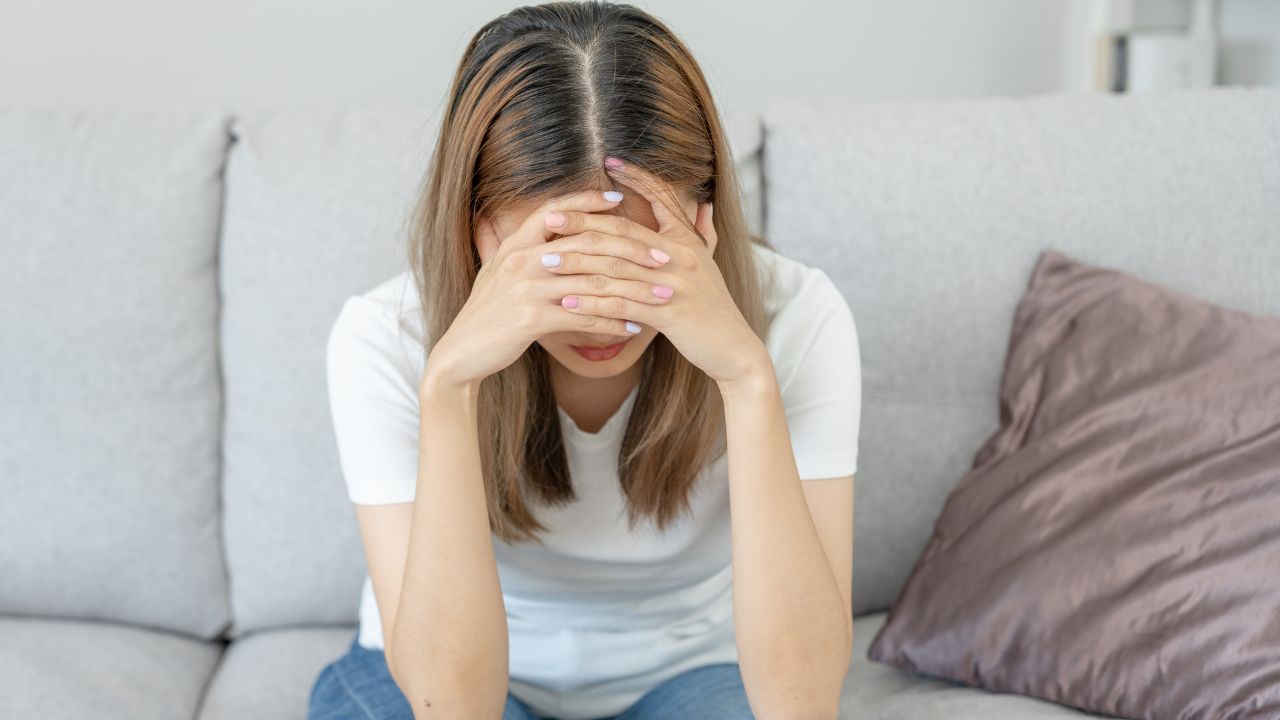Yoga for Better Health and Remedy Medical Ailments
Yoga offers a wide range of remedies and practices that can help support physical, mental, and emotional well-being. Here are some common yoga remedies for various conditions
Yoga can help reduce stress and anxiety by activating the relaxation response in the body. Practices such as deep breathing (pranayama), gentle stretches, restorative yoga, and meditation can promote a state of calm and relaxation.
Certain yoga poses can help alleviate back pain and improve spinal health. Poses like Cat-Cow, Child’s Pose, Sphinx Pose, and Bridge Pose can gently stretch and strengthen the back muscles, promoting flexibility and relieving tension.
Yoga practices that focus on relaxation and stress reduction can be beneficial for improving sleep. Bedtime routines that include gentle stretches, restorative poses, deep breathing, and meditation can help calm the mind and prepare the body for restful sleep.
Yoga poses that involve gentle twists, such as Seated Spinal Twist and Supine Twist, can help stimulate digestion and alleviate digestive discomfort. Additionally, practices like Kapalabhati (Skull Shining Breath) and Agnisar Kriya (Fire-Cleansing Technique) can aid digestion and improve gut health.
Certain yoga practices, such as Sun Salutations (Surya Namaskar) and energizing pranayama techniques like Kapalabhati and Bhastrika (Bellows Breath), can help increase energy levels, improve circulation, and invigorate the body.
Yoga can help improve posture by strengthening the core muscles, increasing spinal flexibility, and creating awareness of proper alignment. Poses like Mountain Pose, Tree Pose, and Cobra Pose can help improve posture and alignment.
Yoga practices that involve dynamic movement, backbends, heart-opening poses, and practices like Bhramari Pranayama (Bee Breath) and chanting can uplift the mood and promote a sense of well-being.
Gentle yoga poses, such as Child’s Pose, Reclining Bound Angle Pose, and Supine Twist, can help relieve menstrual cramps and promote relaxation during menstruation. Restorative yoga poses with the support of props can also be beneficial.
Gentle stretching and relaxation techniques, along with specific poses like Forward Fold (Uttanasana) and Legs-Up-The-Wall Pose (Viparita Karani), can help relieve tension headaches and promote relaxation.
Yoga poses like Neck Rolls, Shoulder Rolls, and Cow Face Pose (Gomukhasana) can help release tension and stiffness in the neck and shoulders. Additionally, practices like Alternate Nostril Breathing (Nadi Shodhana) and Shavasana (Corpse Pose) can promote relaxation in these areas.
Slow, deep breathing techniques like Sama Vritti (Equal Breathing) and Shavasana, along with gentle restorative poses like Supported Bridge Pose, can help lower blood pressure and induce a sense of calm.
Restorative yoga practices, including supported poses with props and guided relaxation techniques like Yoga Nidra, can help combat fatigue, restore energy levels, and promote relaxation.
Yoga poses that involve gentle twists, such as Supine Spinal Twist and Bharadvajasana (Seated Twist), can help stimulate digestion and relieve symptoms of digestive disorders. Deep breathing techniques like Kapalabhati can also aid digestion.
Improving Concentration and Focus:
Balancing poses like Tree Pose (Vrksasana), Eagle Pose (Garudasana), and Dharana (Concentration) meditation can enhance mental focus and concentration abilities.
Certain yoga poses, including Supported Bridge Pose with a bolster, Legs-Up-The-Wall Pose, and Reclining Bound Angle Pose, can help alleviate symptoms such as hot flashes, mood swings, and fatigue associated with menopause.
Yoga practices that incorporate gentle inversions, like Legs-Up-The-Wall Pose and Supported Shoulder Stand, along with Kapalabhati breathing, can stimulate the lymphatic system and support immune function.
Yoga practices that focus on uplifting the mood and cultivating self-compassion can be helpful for managing symptoms of depression. Poses like Camel Pose (Ustrasana), Bridge Pose (Setu Bandhasana), and inversions like Shoulder Stand (Sarvangasana) can promote a sense of well-being and balance the nervous system.
Stress-Related Digestive Issues:
Gentle yoga poses and breathing techniques can help soothe the digestive system and reduce stress-related digestive issues like indigestion and irritable bowel syndrome. Poses like Child’s Pose (Balasana), Seated Forward Bend (Paschimottanasana), and Kapalabhati breathing can be beneficial.
Asthma and Respiratory Issues:
Yoga practices that focus on deep breathing and expanding lung capacity can be beneficial for managing asthma and other respiratory conditions. Practices like Diaphragmatic Breathing, Alternate Nostril Breathing, and poses such as Fish Pose (Matsyasana) and Bridge Pose (Setu Bandhasana) can help improve respiratory function.
Regular yoga practice, which includes gentle stretching and specific yoga poses, can help improve overall flexibility and range of motion in the body. Poses like Standing Forward Fold (Uttanasana), Triangle Pose (Trikonasana), and seated forward bends can gradually increase flexibility over time.
Yoga poses that challenge balance, such as Tree Pose (Vrksasana), Warrior III (Virabhadrasana III), and Standing Hand to Big Toe Pose (Utthita Hasta Padangusthasana), can help improve balance and stability. Regular practice can also help prevent falls and improve proprioception.
Premenstrual Syndrome (PMS) Symptoms:
Gentle, restorative yoga poses, deep breathing exercises, and meditation can help alleviate symptoms associated with PMS, such as bloating, mood swings, and cramps. Poses like Supported Reclining Bound Angle Pose (Supta Baddha Konasana) and Legs-Up-The-Wall Pose (Viparita Karani) can provide relief.
Improving Posture and Core Strength:
Yoga poses that focus on core engagement, such as Plank Pose (Phalakasana) and Boat Pose (Navasana), can help strengthen the core muscles and improve overall posture. Regular practice can promote a more aligned and upright posture.
Practices like Mindfulness Meditation, Trataka (candle gazing), and specific pranayama techniques like Nadi Shodhana (Alternate Nostril Breathing) can enhance mental clarity, focus, and concentration.
Yoga is a holistic practice that can support overall well-being, but it’s important to approach it mindfully and with respect for your individual needs and limitations. It’s important to note that while yoga can be a helpful complement to conventional medical treatments, it is not a substitute for professional medical advice or treatment. If you have specific health concerns or conditions, it’s best to consult with a healthcare professional or a qualified yoga instructor who can guide you in practicing yoga safely and effectively for your individual needs.
Specific Content Keywords: yoga for better health and remedy medical,ailments pdf,yoga asanas for different diseases pdf,yoga can cure any disease,20 benefits of yoga,10 benefits of yoga,yoga benefits for mental health,yoga for health100 benefits of yoga,yoga for better health,yoga for better memory and concentration,yoga and medicine,yoga for better mental health,yoga for better heart.




